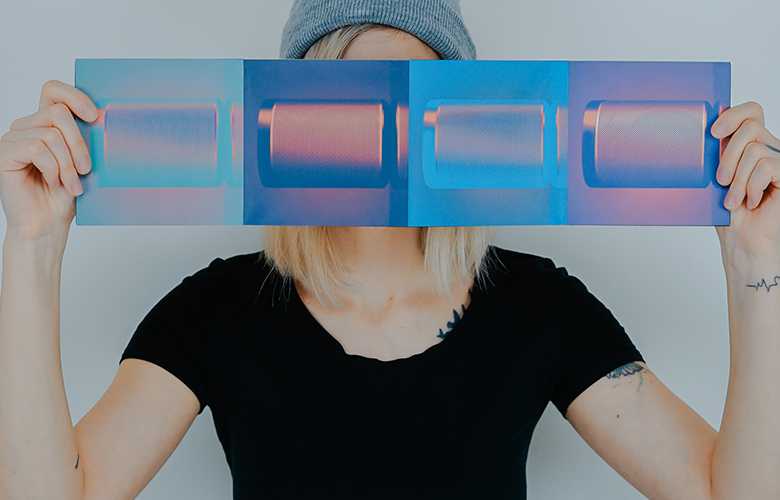
It happened! You got the gig, and now you’re getting ready to design the play. You think it’s going to be great… only suddenly it’s not. No matter how many times you read the script, you just can’t get any ideas. You start sketching and nothing good comes out. You are truly stuck, feeling a creative block. To make matters worse, you are on a deadline, so doing nothing is not an option.
How do you move forward?
How do you get “unstuck”?
While at first this may seem counter intuitive, take a break. There is a reason why incubation is one of the phases of the design process. You have to let your ideas simmer. To do this successfully you need to stop dwelling on the project at hand. Take a walk, meet with a friend, go to the gym.
Get yourself away from your drafting table and your computer. Ideally, this unfocused time will give your brain an opportunity to reshuffle some information. You’ll come back rejuvenated. Who knows, maybe you’ll even experience that “aha” moment. Your subconscious might know more than you give it credit for.
You might be burnt out on researching this one particular show. Turn to work that you find inspirational. What is it that you like to look at and why? For me, the surrealism movement is full of possibilities and I love looking at various paintings and photographs.
Art that inspires you can be analyzed by its composition- are you attracted to the harmony? Asymmetrical balance? Is there an interesting texture?
Identifying the elements you respond to can help you analyze what you like. You can then ask yourself further questions, such as how can you utilize this element in this show. Is there a way to creatively translate this shape or proportion into your current challenge? A simple curved line can become a strong starting point.
Let’s face it, sometimes you’ll end up working on a script that for whatever reason just doesn’t appeal to you. When that happens, you have to find an area of interest in the given circumstance or the story. I was working on a play set in a basement apartment in the 1960’s and I really didn’t care for the plot.
I had a hard time getting started, but then I found a pivotal piece of research. An old catalog showcased kitchen cabinets mounted above a teal peg board. The image really spoke to me, and I added a teal peg board to the kitchen of the apartment. This helped with dictating the remainder of the color scheme and got me re-energized about the project. You have to have at least one piece in each design that you’re excited about.
The first question my grad school mentor asked was always: “How long did this take you?” The idea behind it was that, as a designer, your income is going to dramatically depend on the speed with which you work. It would be wonderful to have infinite time in which to ponder any given play, but the truth of the matter is that we all have deadlines.
Sometimes you need to buckle down and power through the obstacles.
My advice is to start with the part/s you’ve figured out, and let the rest fall into place. Trust that it will.
Designing is a process, and feeling inspired is a big part of the equation. Inspiration is something you can find, but it is also something you can actively seek out. When something inspires you, take a moment and file that experience away for later.
If you fill your mind with a whole lot of “files” you’ll have a lot to draw from down the road. Hopefully, it will help you feel “unstuck” and you’ll get creative block a lot less. Take in all the sunsets and peg boards you can… you never know when you’ll get to use them again.
How To Make and Impression As A New Theatre Major
Scenic Design: Is Digital Technology Erasing The Need For Drawing?


Ola Kraszpulska has a BFA in Theatrical Design and Production from Marshall University and a MFA in Scenic Design from Florida State University. She is currently working as the Assistant Professor of Scenic & Lighting Design at State University of New York at Oswego.
Read Full Profile© 2021 TheatreArtLife. All rights reserved.

Thank you so much for reading, but you have now reached your free article limit for this month.
Our contributors are currently writing more articles for you to enjoy.
To keep reading, all you have to do is become a subscriber and then you can read unlimited articles anytime.
Your investment will help us continue to ignite connections across the globe in live entertainment and build this community for industry professionals.